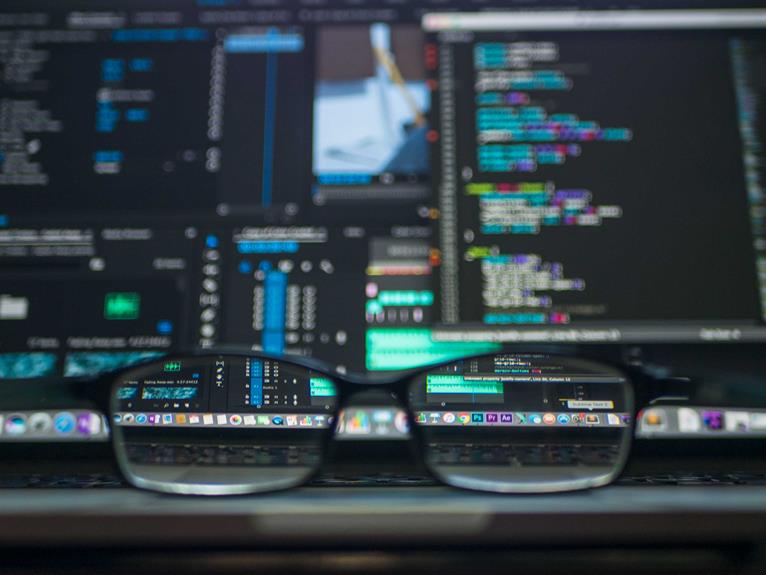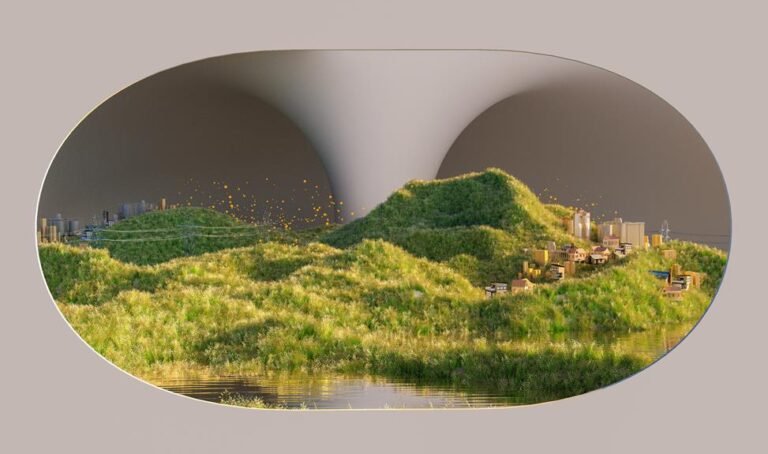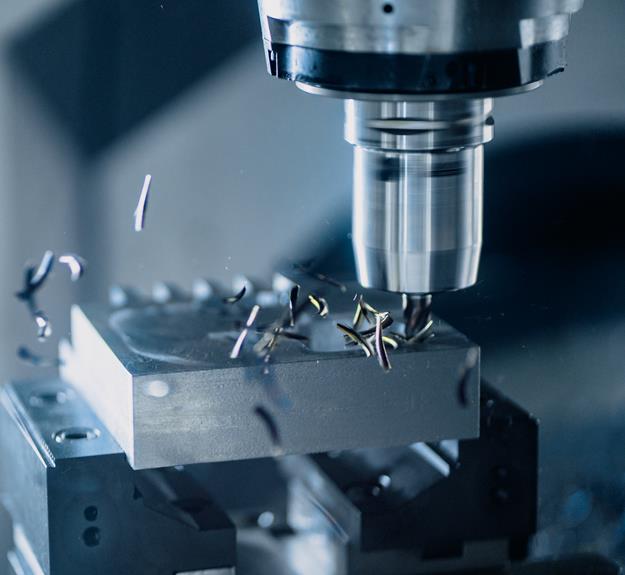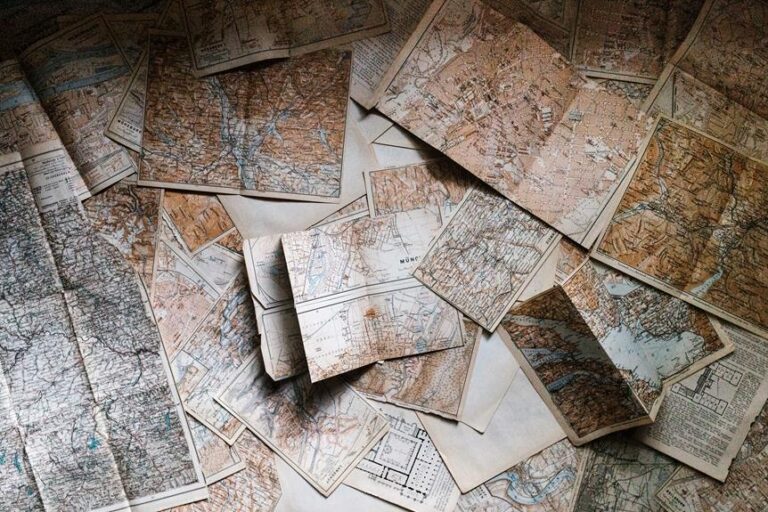Dual Extruder 3D Printers: Enhancing Print Versatility
Imagine a world where your 3D printer can create complex and intricate designs with ease. Dual extruder 3D printers bring this vision to life, offering enhanced print versatility and unlocking a realm of possibilities.
With the ability to print with two different materials or colors simultaneously, these printers open doors to innovative creations.
In this article, we will explore the advantages, applications, features, and top models of dual extruder 3D printers, providing valuable insights and tips for successful printing.
Get ready to unleash your creativity and elevate your printing game.
Key Takeaways
- Dual extruder 3D printers allow for simultaneous printing with multiple materials and colors.
- They enable the creation of complex and multi-component objects in a single print job.
- These printers offer versatility for industries requiring different materials or colors.
- They can accommodate a wider range of materials compared to SLA or DLP printers.
Advantages of Dual Extruder 3D Printers
One of the key advantages of dual extruder 3D printers lies in their ability to simultaneously print with multiple materials and colors, providing enhanced versatility and flexibility in the printing process. Unlike single extruder printers, which can only print with one material or color at a time, dual extruder printers allow for the creation of complex and multi-component objects in a single print job.
Dual extruder 3D printers are particularly useful in industries that require the use of different materials or colors for functional or aesthetic purposes. For example, in the field of product design and prototyping, where the ability to incorporate different materials with varying properties is essential, dual extruder printers offer a significant advantage. Similarly, in the field of architecture and construction, where the ability to print with different colors and materials can enhance the visual representation of designs, dual extruder printers are highly valued.
When it comes to choosing the best FDM 3D printer, dual extruder printers often top the list due to their increased versatility. They allow for the use of different thermoplastics, such as ABS and PLA, in a single print job, enabling the creation of objects with varying properties. Additionally, dual extruder printers support the use of dissolvable support materials, making it easier to print complex geometries and intricate designs.
In comparison to SLA or DLP 3D printers, dual extruder printers offer the advantage of being able to print with a wider range of materials. SLA and DLP printers typically rely on photosensitive resins, which may have limitations in terms of material properties and color options. On the other hand, dual extruder printers can accommodate a variety of materials, including both thermoplastics and composite filaments, providing more options for different applications.
Applications of Dual Extruder 3D Printing
The applications of dual extruder 3D printing are vast and varied, offering industries a wide range of possibilities for enhanced design and production capabilities. With dual extruders, users can print objects with multiple materials or colors, allowing for greater creativity and customization. Here are some of the key applications of dual extruder 3D printing:
| Application | Description |
|---|---|
| Prototyping | Dual extruders enable the creation of complex prototypes with support structures that are easy to remove, speeding up the design iteration process. |
| Functional Parts | Dual extrusion allows for the printing of functional parts with different properties, such as combining rigid and flexible materials for improved functionality. |
| Multi-material Objects | Objects can be printed with different materials, such as combining PLA and TPU to create a shoe with a flexible sole and a rigid upper. |
| Colorful Models | Dual extruders make it possible to print models with multiple colors, adding visual appeal and realism to architectural models, figurines, and more. |
| Dissolvable Supports | One extruder can be used to print a water-soluble support material, making it easier to remove complex support structures without damaging the printed object. |
These are just a few examples of the diverse applications of dual extruder 3D printing. As technology continues to advance, the possibilities for using dual extrusion in various industries will only expand, offering enhanced design capabilities and improved production efficiency.
Exploring Dual Extruder 3D Printer Features
When exploring dual extruder 3D printer features, users can discover a wide range of capabilities and functionalities that enhance the printing process. One of the key features of dual extruder printers is the ability to print with multiple materials or colors simultaneously. This opens up a whole new world of possibilities for creating intricate and detailed prints that were previously not possible with single extruder printers.
Another important feature is the ability to print support structures using a soluble material. With a dual extruder printer, one extruder can be dedicated to printing the model while the other extruder prints support structures using a soluble material. This makes it easier to remove support structures after printing, resulting in cleaner and more professional-looking finished products.
Dual extruder printers also offer the option to print with different nozzle sizes. This allows for greater control over the level of detail and speed of the printing process. Users can choose a larger nozzle for faster prints or a smaller nozzle for finer details.
Additionally, some dual extruder printers come with features like automatic nozzle cleaning and filament detection. These features help to minimize downtime and ensure a more seamless printing experience.
Top Dual Extruder 3D Printer Models in the Market
Several dual extruder 3D printer models are available in the market, offering users increased functionality and versatility in their printing projects. These models come with various features and specifications that cater to different needs and budgets.
Here are four top dual extruder 3D printer models currently in the market:
- Ultimaker S5: Known for its large build volume and high-quality prints, the Ultimaker S5 offers a user-friendly interface and reliable performance. It also has an advanced dual extrusion system, allowing for the printing of complex models with different materials.
- FlashForge Creator Pro: This affordable option provides a sturdy metal frame and a heated build plate for improved print adhesion. It has a large printing area and a dual extruder system that enables multi-color or multi-material printing.
- BCN3D Sigma R19: With its independent dual extruder system, the BCN3D Sigma R19 allows for simultaneous printing of two different models or materials. It also features a unique IDEX (Independent Dual Extruder) system, ensuring precise and reliable prints.
- Raise3D Pro2 Plus: This industrial-grade 3D printer offers a large build volume and a dual extruder system with swappable hotends. It provides high-resolution printing and is suitable for professional applications.
These dual extruder 3D printer models provide users with the flexibility to explore various printing possibilities, whether it's multi-color prints, support material printing, or the use of different materials in a single project.
Tips for Successful Dual Extruder 3D Printing
How can dual extruder 3D printer users achieve successful printing results?
Here are some tips to ensure a smooth and efficient printing process.
First and foremost, it is crucial to calibrate the dual extruders properly. This involves adjusting the nozzle heights and ensuring that both extruders are at the same level.
Next, it is important to choose the right materials for each extruder. Different materials have different printing requirements, so make sure to select compatible ones.
Additionally, it is recommended to use a dual extruder slicer software to optimize the printing process. This software allows for easy management of multiple materials and helps in generating the necessary G-code.
Another tip is to use a prime tower or ooze shield when printing with dual extruders. These structures help to prevent color bleeding and maintain clean prints.
Lastly, regular maintenance and cleaning of the extruders are essential for consistent performance.
Dual Extruder 3D Printing Techniques and Methods
One of the key advantages of dual extruder 3D printers is their ability to utilize different filament types and colors simultaneously, expanding the printer's versatility and capabilities. This opens up a wide range of possibilities for creating complex and multi-colored prints.
To make the most of this technology, there are several techniques and methods that can be employed:
- Dual-color printing: By using two different colored filaments in each extruder, dual extruder 3D printers can create prints with intricate color patterns and gradients, enhancing the visual appeal of the final product.
- Support material printing: The second extruder can be used to print a dissolvable support material, making it easier to create complex, overhanging structures without the need for manual support removal.
- Multi-material printing: Dual extruder 3D printers can also be used to print with different materials simultaneously, allowing for the creation of functional objects with varying properties such as flexibility, strength, or transparency.
- Mixing filaments: Some dual extruder 3D printers have the ability to mix two different filaments together in a single extrusion, creating new colors or materials with unique properties.
Future Innovations in Dual Extruder 3D Printing
As dual extruder 3D printing continues to evolve, future innovations are expected to focus on new nozzle technology and multi-material compatibility.
Improved nozzle designs could enhance printing precision and allow for finer details in the printed objects.
Additionally, advancements in multi-material compatibility will enable users to print objects with different materials simultaneously, expanding the range of applications and possibilities in dual extruder 3D printing.
New Nozzle Technology
The development of advanced ceramic nozzles is expected to revolutionize the field of dual extruder 3D printing. These innovative nozzles offer improved durability and enhanced material compatibility, which has the potential to greatly expand the range of materials that can be used in dual extruder printers. This expansion allows for the creation of more complex and functional prints.
Some key advancements in nozzle technology include:
- Improved heat resistance: Ceramic nozzles can withstand higher temperatures without deforming. This capability allows for the printing of high-temperature materials such as PEEK and ULTEM.
- Enhanced wear resistance: Ceramic nozzles are more resistant to wear and tear compared to traditional brass or stainless steel nozzles. As a result, they provide longer-lasting and more reliable printing performance.
- Reduced clogging: The smooth surface of ceramic nozzles reduces the likelihood of filament clogs. This feature leads to smoother and more consistent prints.
- Better material compatibility: Ceramic nozzles are compatible with a wider range of materials, including abrasive filaments like carbon fiber and metal-filled composites.
Multi-Material Compatibility
In the realm of dual extruder 3D printing, the continuous exploration and development of new materials hold the key to unlocking unprecedented possibilities for multi-material compatibility. With advancements in technology, dual extruder 3D printers are becoming more capable of printing with different materials simultaneously. This allows for the creation of complex objects with varying properties, such as combining flexible and rigid materials in a single print.
Multi-material compatibility opens up a world of opportunities for designers and manufacturers, enabling the production of functional prototypes, intricate models, and customized products. Furthermore, it allows for the integration of different colors, textures, and finishes in a single print, enhancing the aesthetic appeal of 3D printed objects.
As the field of dual extruder 3D printing continues to evolve, we can expect even more innovative materials and techniques to further expand the possibilities of multi-material compatibility.
Frequently Asked Questions
What Are the Main Differences Between Single Extruder and Dual Extruder 3D Printers?
The main differences between single extruder and dual extruder 3D printers lie in their print capabilities. Single extruder printers can only print with one material at a time, while dual extruder printers can simultaneously print with two different materials, allowing for enhanced print versatility.
Can Dual Extruder 3D Printers Handle Different Types of Materials Simultaneously?
Yes, dual extruder 3D printers have the capability to handle different types of materials simultaneously. This feature enhances print versatility and allows for the creation of complex and multi-material objects.
How Do Dual Extruder 3D Printers Handle Support Structures for Complex Prints?
Dual extruder 3D printers handle support structures for complex prints by using one extruder to print the main object and the other extruder to print the support structures. This allows for easier removal of supports after the print is finished.
Are There Any Limitations or Challenges When Using Dual Extruder 3D Printers?
When using dual extruder 3D printers, there may be limitations and challenges to consider. These could include issues with calibration, increased complexity in design files, and potential compatibility issues with certain materials or software.
Can Dual Extruder 3D Printers Print Objects With Multiple Colors or Textures?
Yes, dual extruder 3D printers have the capability to print objects with multiple colors or textures. This enhances print versatility and allows for the creation of more intricate and visually appealing designs.
Conclusion
In conclusion, dual extruder 3D printers offer a range of advantages and applications in the world of 3D printing.
With the ability to print with multiple materials and colors simultaneously, these printers enhance print versatility and open up new possibilities for creating complex and intricate designs.
As the technology continues to evolve, we can expect to see further innovations and advancements in dual extruder 3D printing, making it an even more essential tool for various industries and creative endeavors.









